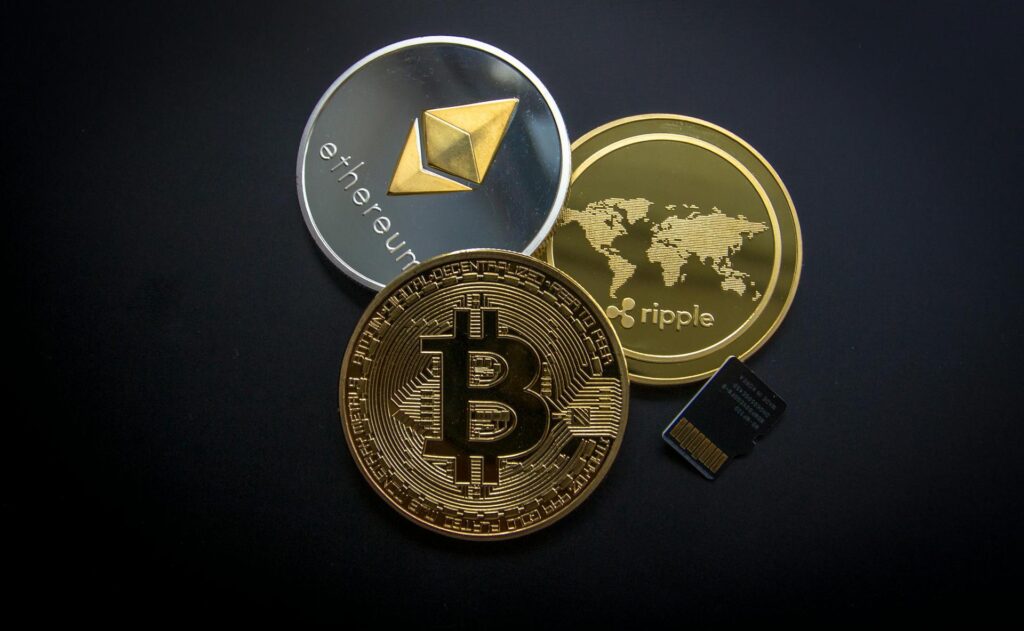Introduction
Solana, known for its high-speed transactions and low fees, has quickly risen to prominence in the cryptocurrency market. As it continues to grow, questions arise about its potential as a store of value. This article explores Solana’s stability, technological robustness, security features, and compares its performance and adoption to more established cryptocurrencies like Bitcoin and Ethereum. We assess Solana’s long-term viability as a store of value, weighing its potential against its pitfalls.
Stability as a Store of Value
Volatility
One of the key factors in evaluating any asset’s suitability as a store of value is its price stability. Solana (SOL) has experienced significant volatility, characteristic of most cryptocurrencies. While its rapid appreciation has attracted investors, the frequent price swings pose a challenge to its role as a stable store of value.
Market Maturity
Compared to Bitcoin and Ethereum, Solana is relatively new. Bitcoin, often referred to as “digital gold,” has established itself as a store of value due to its longer track record and growing acceptance. Ethereum, too, with its vast ecosystem and numerous use cases, has gained a reputation for stability. Solana’s shorter market history means it has yet to prove its resilience over time.
Technological Robustness
High Throughput
Solana boasts a high throughput, capable of processing thousands of transactions per second (TPS). This scalability is a significant advantage over Bitcoin and Ethereum, which face scalability challenges. Solana’s technological robustness supports its use in various applications, potentially enhancing its value proposition.
Low Transaction Fees
Solana’s low transaction fees make it an attractive option for users and developers. This affordability can drive adoption and usage, contributing to its value. However, the sustainability of low fees without compromising security and decentralization remains a topic of discussion.
Ecosystem Growth
A growing ecosystem is crucial for any cryptocurrency aiming to be a store of value. Solana’s expanding ecosystem of decentralized applications (dApps), DeFi projects, and NFTs indicates robust technological capabilities and developer interest. This growth can bolster confidence in Solana’s long-term prospects.
Security Features
Proof of History (PoH)
Solana employs a unique consensus mechanism called Proof of History (PoH), which enhances its speed and efficiency. PoH provides a verifiable order of events, reducing the need for time-consuming computations typical of other blockchains. This innovative approach strengthens Solana’s security and operational efficiency.
Network Security
While Solana’s network security is generally strong, it has faced some challenges. For instance, network outages and performance issues have raised concerns about its reliability. Ensuring consistent network performance and addressing vulnerabilities are crucial for Solana to establish itself as a dependable store of value.
Comparison to Established Cryptocurrencies
Bitcoin
Bitcoin is widely regarded as the premier store of value in the cryptocurrency world. Its fixed supply, extensive adoption, and long track record of performance provide a level of stability and security that newer cryptocurrencies like Solana have yet to achieve. Bitcoin’s robust network effect and institutional acceptance further cement its position.
Ethereum
Ethereum, with its versatile platform for smart contracts and dApps, has also carved out a niche as a store of value. Ethereum’s upcoming transition to Ethereum 2.0, which aims to improve scalability and reduce energy consumption, could enhance its appeal. Solana’s superior transaction speed and lower fees give it an edge in certain areas, but Ethereum’s established ecosystem and developer community are formidable competitors.
Long-Term Viability as a Store of Value
Adoption and Usage
For Solana to become a viable store of value, widespread adoption and usage are essential. Its growing ecosystem and technological advantages position it well, but it must continue to attract users, developers, and institutional interest. Partnerships, integrations, and real-world applications will play a pivotal role in driving adoption.
Regulatory Environment
The regulatory landscape for cryptocurrencies is evolving, with increasing scrutiny from governments worldwide. Solana’s ability to navigate regulatory challenges and establish compliance will be critical to its long-term viability as a store of value. Clear and favorable regulations can enhance its credibility and attract more investors.
Community and Development
A strong and active community of developers, users, and supporters is vital for the sustained growth of any cryptocurrency. Solana’s vibrant community and continuous development efforts are positive indicators of its potential. Ongoing innovation and upgrades to the network will be necessary to maintain its competitive edge and address any emerging issues.
Conclusion
Solana’s potential as a store of value is supported by its technological robustness, low transaction fees, and expanding ecosystem. However, its relative newness, volatility, and network reliability challenges present significant hurdles. While Solana shows promise, it must continue to demonstrate stability, security, and widespread adoption to establish itself as a dependable store of value.
Comparisons to established cryptocurrencies like Bitcoin and Ethereum highlight the strengths and weaknesses of Solana’s proposition. As Solana navigates its path forward, investors should carefully consider its potential and pitfalls, keeping an eye on technological developments, market dynamics, and regulatory changes.
For more insights and analyses on Solana and other cryptocurrencies, visit Degen Dude.




